Vietnamese rice is being bought at expensive prices by countries from Asia to Europe and America, helping this industry earn nearly 2.9 billion USD in the first half of this year.
According to the latest statistics from the General Department of Customs, by the end of June this year, our country exported 4.54 million tons of rice, only a slight increase of 7.4% over the same period last year, but the export turnover reached nearly 2.9 billion USD, a sharp increase of 28.1%. The Philippines and Indonesia are still the two largest customers of Vietnamese rice in the first half of this year. Exports to these two markets continued to grow strongly compared to the same period last year. Specifically, the amount of rice exported to the Philippines in the first 6 months of this year reached 1.9 million tons, worth 1.2 billion USD. Compared to the same period last year, rice exported to the Philippines increased by 11.7% in volume and 40.5% in value. Similarly, our country exported more than 712,400 tons of rice to Indonesia, earning 444.4 million USD. Compared to the same period in 2023, exports to this market increased by 44.6% in volume and increased sharply by 82.1% in value. According to the leader of the Ministry of Agriculture and Rural Development, rice export turnover increased sharply because the average export price of rice remained high throughout the past time. 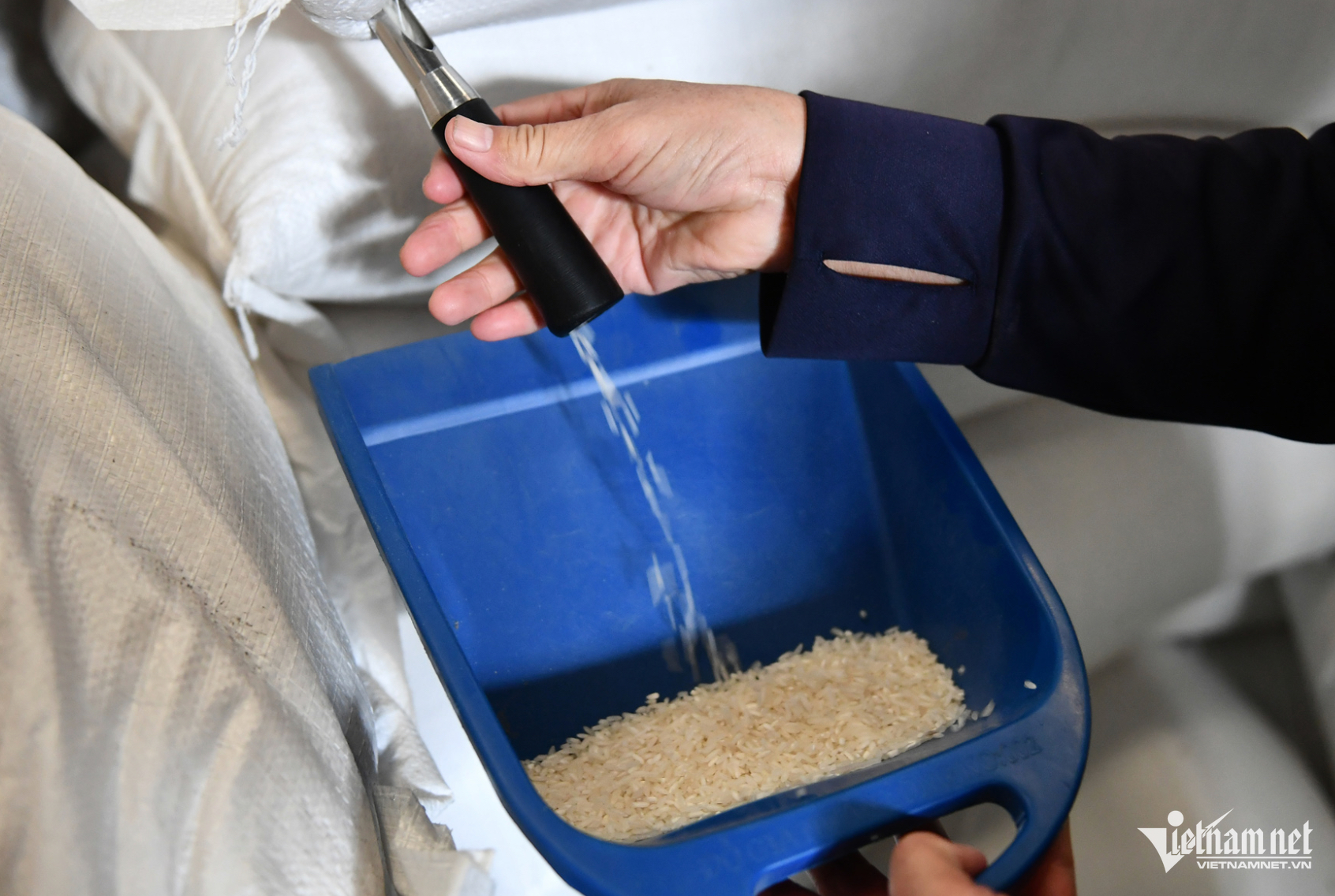


Many countries buy Vietnamese rice at high prices. Photo: Hoang Ha
Notably, in the first 5 months of this year, the average export price of Vietnamese rice to the Brunei market reached 959 USD/ton; exports to the US were 868 USD/ton, to the Netherlands reached 857 USD/ton, Ukraine reached 847 USD/ton, Iraq reached 836 USD/ton, Türkiye reached 831 USD/ton... Meanwhile, the average export price of Vietnamese rice in the first 5 months of this year was at 638 USD/ton. Currently, rice is the fifth-ranked commodity in terms of export turnover in the agricultural sector, and is also one of the commodities recording a high growth rate. The Ministry of Agriculture and Rural Development calculated that this year, the agricultural sector aims to maintain the rice cultivation area at 7.1 million hectares, with an output of over 43 million tons, ensuring domestic consumption and exporting over 8 million tons of rice, with a value of 5 billion USD. Vietnam's main rice export markets are currently the Philippines, Indonesia, Ghana, Malaysia, Singapore, etc., all of which have recorded good growth rates. Of which, the Philippines market accounts for more than 38% of total rice exports. Recently, the Philippines cut rice import tax from the current 35% to 15%. According to businesses, with this move by the Philippines, our country's rice exports will accelerate and prices will stabilize at a high level. Notably, in February this year, the Minister of Industry and Trade and the Minister of Agriculture of the Philippines signed a memorandum of understanding on rice trade cooperation. In the 2024-2028 period, except in cases of natural disasters and crop failures, Vietnam is ready to supply the Philippines with an annual quantity of up to 1.5-2 million tons of white rice, and at the same time agreed to implement a number of measures to exchange information, support, and facilitate rice trade activities between the two countries. However, in the second half of this year, the rice industry also faced many challenges. The fact that two Indonesian national agencies are being sued for alleged corruption in rice purchases from Vietnam (although still under investigation) is likely to affect Indonesia's rice purchases from Vietnam from now until the end of 2024.
The rice industry faces many challenges in the second half of this year to maintain growth momentum. Photo: Hoang Ha
"It is entirely possible that the Indonesian Anti-Corruption Commission will stop buying rice from Vietnam to clarify the case or the Indonesian National Logistics Agency will temporarily avoid buying rice from Vietnam to avoid being suspected of fraud," the Vietnam Trade Office in Indonesia assessed. In addition, India's move to lift the ban on rice exports will also affect Vietnam's export activities, especially the price issue. Because India is the world's largest rice export supplier. Last July, this country applied a ban on rice exports, causing a global price spike. Mr. Nguyen Nhu Cuong - Director of the Department of Crop Production (Ministry of Agriculture and Rural Development) - said that India's lifting of the ban on rice exports will have a strong impact on exporting countries, including Vietnam. The price and quantity of Vietnamese rice exports will be affected, so rice exporting enterprises need to proactively find solutions when the Indian market resumes exporting. The drought and salinity in the Mekong Delta provinces is also a difficulty that the rice industry needs to find a solution to maintain growth. In fact, in recent days, rice prices on the world market have been on a downward trend. Data from the Vietnam Food Association shows that on July 10, the average export price of 5% broken rice from Vietnam was listed at 567 USD/ton, while that of the same type from Thailand was 578 USD/ton. Compared to July 19 last year (before India imposed the export ban), Vietnam's current rice price is only 34 USD/ton higher. Compared to the peak of 663 USD/ton set on November 21, 2023, the rice price has decreased by 130 USD/ton. According to Deputy Minister of Agriculture and Rural Development Phung Duc Tien, businesses need to proactively build a quality rice export chain to maintain high export prices when India lifts the ban. Source: https://vietnamnet.vn/khach-au-my-mua-gia-dat-do-gao-viet-xuat-khau-thu-ve-2-9-ty-usd-2302053.html






![[Photo] Urgently help people soon have a place to live and stabilize their lives](/_next/image?url=https%3A%2F%2Fvphoto.vietnam.vn%2Fthumb%2F1200x675%2Fvietnam%2Fresource%2FIMAGE%2F2025%2F12%2F09%2F1765248230297_c-jpg.webp&w=3840&q=75)
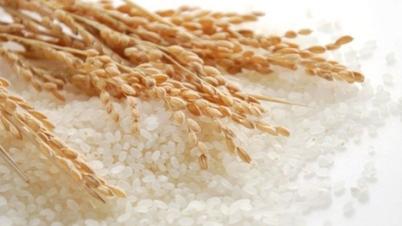

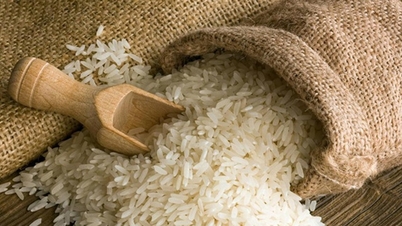
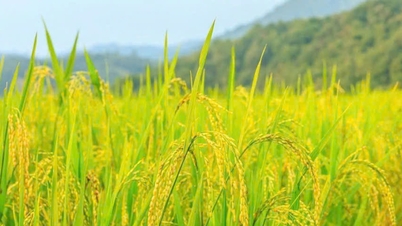

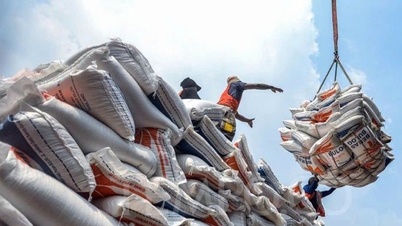
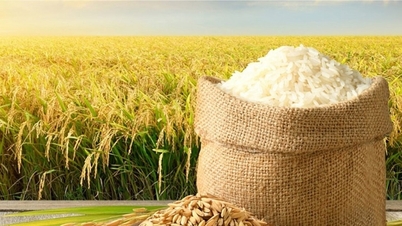





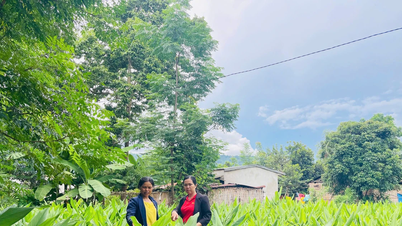

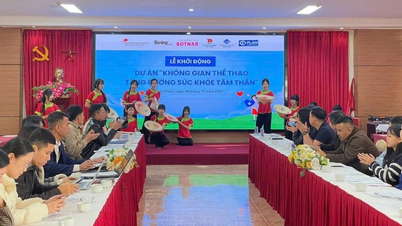
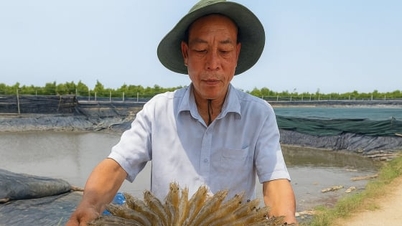







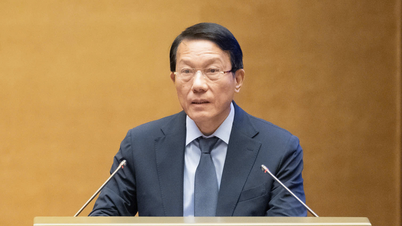

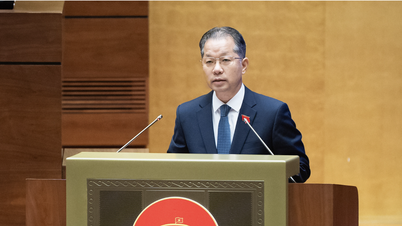





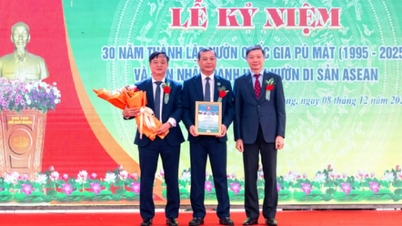


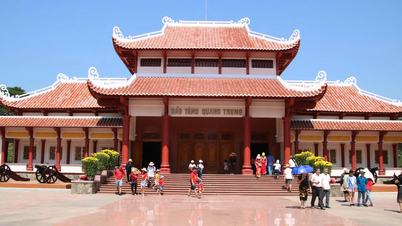




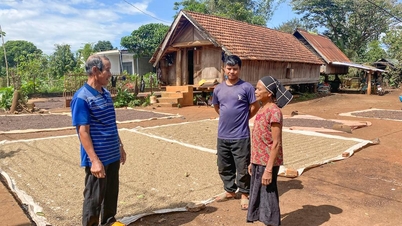





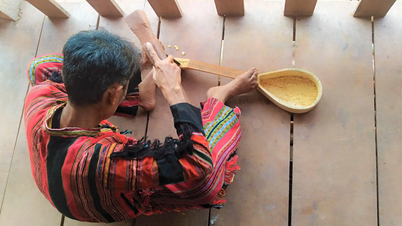



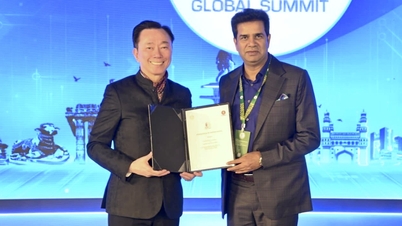



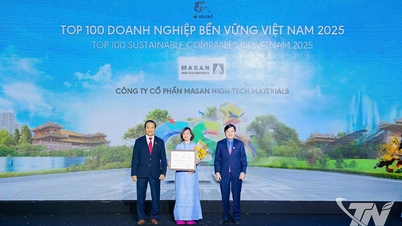


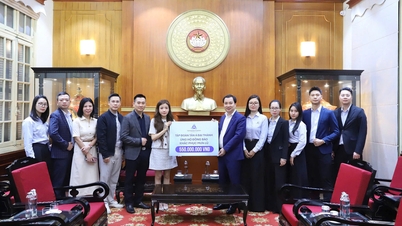







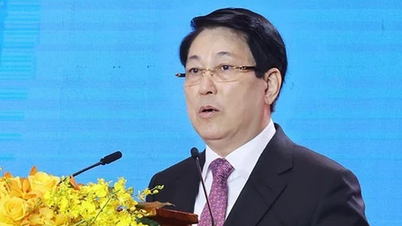




![[Photo] General Secretary To Lam works with the Standing Committees of the 14th Party Congress Subcommittees](https://vphoto.vietnam.vn/thumb/402x226/vietnam/resource/IMAGE/2025/12/09/1765265023554_image.jpeg)


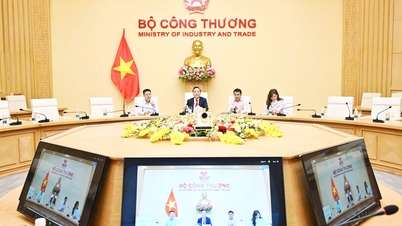






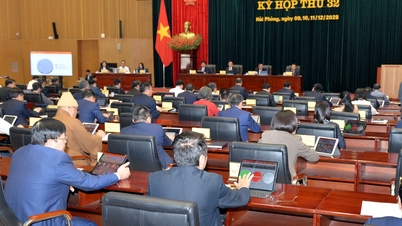



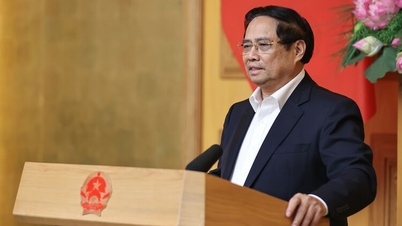


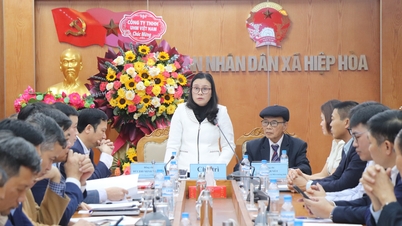

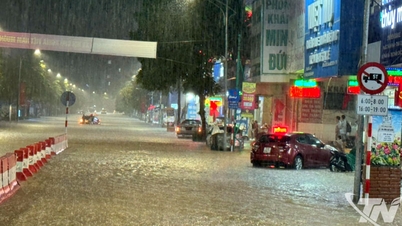
















Comment (0)